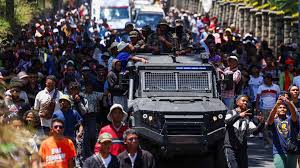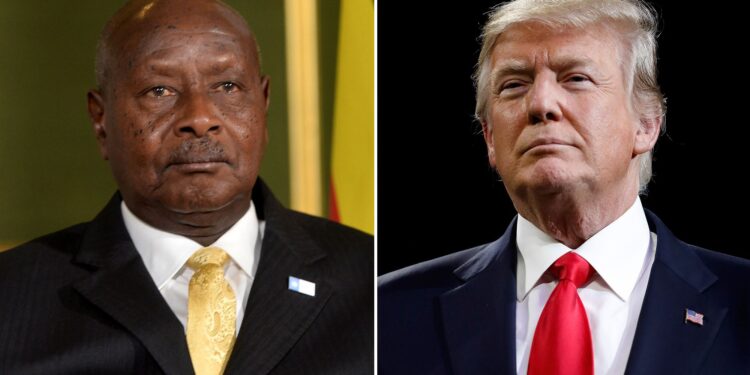Madagascar’s president, Andry Rajoelina, has fled the country after a powerful army unit joined youth-led protests demanding his resignation.
The president was flown out of the capital, Antananarivo, on a French military plane following days of chaos and reports of a military mutiny.
The situation in Madagascar escalated on Monday when the Capsat army unit, known for its role in Rajoelina’s rise to power during the 2009 coup, turned against him.
Soldiers urged others to “disobey orders” and join demonstrators, who have filled the streets for nearly three weeks demanding change.
The protests, largely led by young citizens known as Generation Z, began as demonstrations over frequent power and water cuts but quickly grew into a nationwide call for Rajoelina’s removal. Many accuse the government of corruption, unemployment, and poor governance.
According to French radio network RFI, Rajoelina’s evacuation was arranged through a deal with French President Emmanuel Macron. His sudden departure came just hours before he was expected to address the nation — a speech many believed would include his resignation.
“The president, his prime minister, and his security chiefs must leave power. That’s all,” declared Colonel Michael Randrianirina, a leader of the mutiny, while addressing crowds from an armored vehicle. “Do we call this a coup? I don’t know yet,” he added.
In response, the president’s office released a statement calling the military’s actions “an illegal attempt to seize power by force” and urged citizens to defend “constitutional order and national sovereignty.”
Videos shared online showed protesters setting fire to armored police vehicles and clashing with security forces in the streets of Antananarivo. Several people have been reported injured, and some soldiers have joined civilians in mourning those killed during earlier demonstrations.
The British Foreign Office has warned against all non-essential travel to Madagascar, citing “significant violence and looting” spreading to other towns. Curfews remain in place across major cities.
This is not the first time Madagascar has faced political instability. Since gaining independence from France in 1960, the country has experienced multiple coups and periods of military rule.
Rajoelina himself first came to power in 2009 after leading a movement that ousted then-President Marc Ravalomanana. He was later elected president in 2018 and re-elected in 2023, though opposition parties boycotted that vote, calling it unfair.
The youth-led uprising in Madagascar is part of a wave of global Gen Z protests seen in several countries, including Morocco, Nepal, Kenya, Indonesia, and the Philippines. United largely through social media, these movements share a common demand for better governance, job opportunities, and accountability from leaders.
Last month, Rajoelina attempted to calm growing anger by firing his entire government, including the prime minister, but the move failed to stop the demonstrations.
As of now, it is unclear where President Rajoelina has been taken or who will lead the country next.
The military insists its goal is to “restore order and democracy,” while protesters vow to continue marching until a transitional government is formed.
For millions of Malagasy citizens, the hope is that this crisis will finally bring change — not another cycle of instability.



